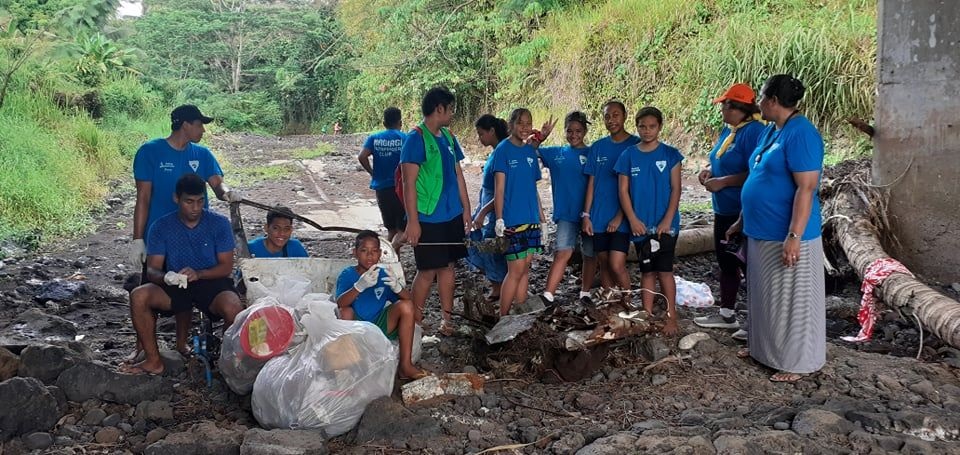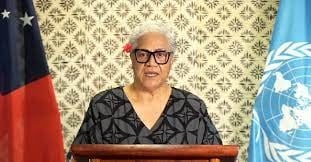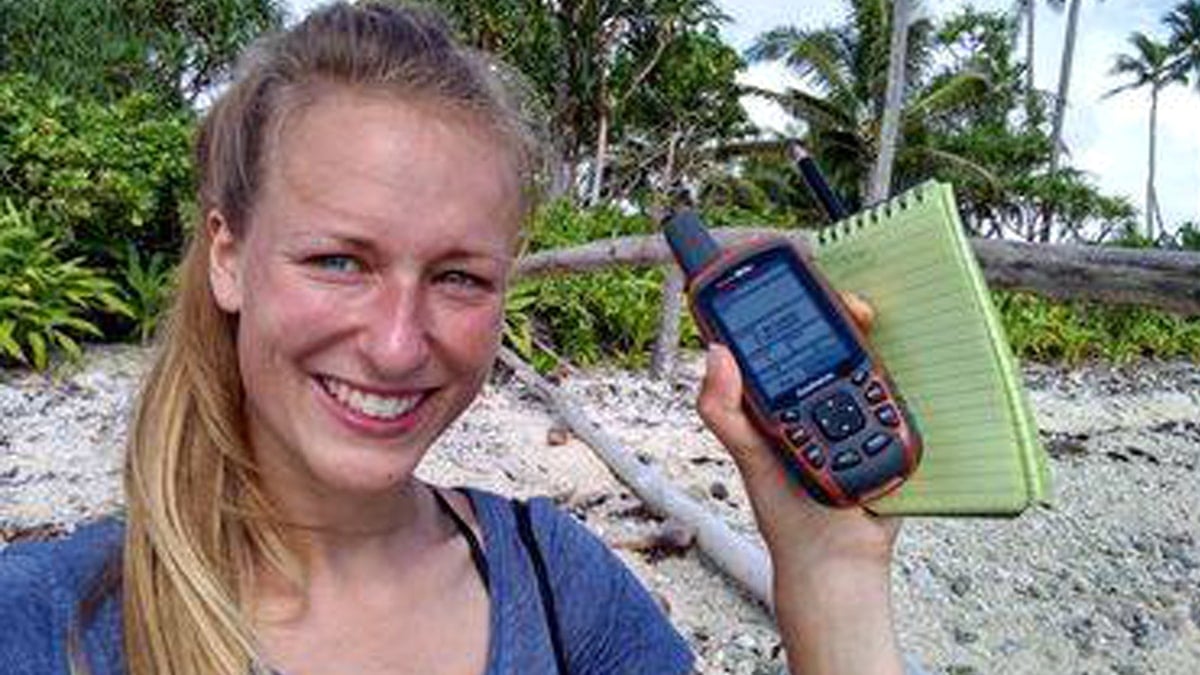NOAA- funded researchers found a new record size coral colony in American Samoa after the Big Momma colony.
NOAA-funded researchers, and partners have identified a new record size coral colony at Ta’u Island in American Samoa, even larger than the island’s Big Momma colony, one of the largest in the world.
The colony was measured during a monitoring survey conducted by a multi-agency team including NOAA’s National Marine Sanctuary of American Samoa (NMSAS), American Samoa’s Coral Reef Advisory Group, American Samoa’s Department of Marine and Wildlife Resources, and the National Park of American Samoa, and funded by NOAA’s Coral Reef Conservation Programme.
“We are always learning more about coral reefs and ways to conserve them,” said Jennifer Koss, director of NOAA’s Coral Reef Conservation Programme. “This is precisely why NOAA continues to have hope for the future of coral reef ecosystems.”
More than 80 of these exceptionally large corals are scattered around the island of Ta’u, under many different environmental conditions. These unusually large coral colonies could be due to mild wave or atmospheric climates and minimal human impacts, the researchers said.
“Many of these large corals, including the coral known as Big Momma, are located within the sanctuary,” said Atuatasi Lelei Peau, acting superintendent of NMSAS. “It was exciting to learn of another exceptionally large colony on the opposite side of Ta’u. We will continue to work with our partners and the local community to protect these valuable reefs.”
While U.S. coral reef ecosystems cover an area slightly larger than the state of Rhode Island, they provide billions of dollars annually in food, jobs, recreation and tourism, and coastal protection. A U.S. Geological Survey study determined coral reefs annually provide flood protection to more than 18,000 people and $1.8 billion worth of coastal infrastructure.
NOAA’s National Marine Sanctuary of American Samoa is the largest American marine sanctuary and protects 13,581 square miles of shallow water coral reefs and open water.
NOAA’s Coral Reef Conservation Programme awards at least $8 million annually in grants and cooperative agreements for coral reef conservation research and activities.
Last Friday, Congresswoman Uifaatali Amata hailed the NOAA announcement of a record coral reef in American Samoa’s waters, and sent her congratulations to the entire federal scientific team that did the impressive work.
She further announced she is an original cosponsor, as one of five Members of Congress in introducing a bipartisan bill earlier this month, H.R. 160, to reauthorizs the Coral Reef Conservation Act of 2000 and to establish the United States Coral Reef Task Force.
“This discovery is wonderful work by everyone involved, and congratulations to those studying the coral reefs in American Samoa,” Ms Amata said. “This important scientific work is so interesting, and I continue to directly support the resources in Congress for these efforts, and to reauthorize the program.
The Coral Reef Conservation Reauthorisation bill is by Rep. Darren Soto (D-FL), and in addition to
Congresswoman Amata, other original cosponsors are Rep. Ed Case (D-HI), Rep. Brian Mast (R-FL), and Rep. Jenniffer Gonzalez-Colon (R-PR), and cosponsor Rep. Stacey Plaskett (D-USVI).
Ms Amata has also supported past efforts, such as cosponsored a bipartisan effort in the 115th Congress for reauthorisation and expansion of the Coral Reef Conservation Programme.



